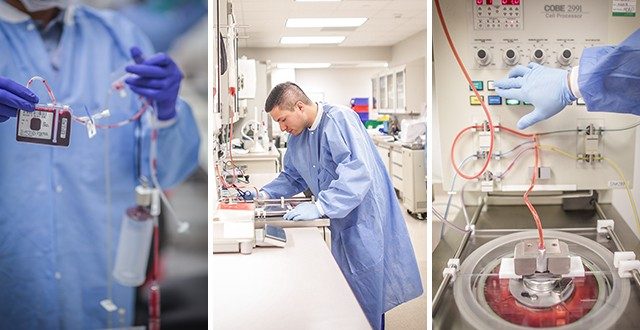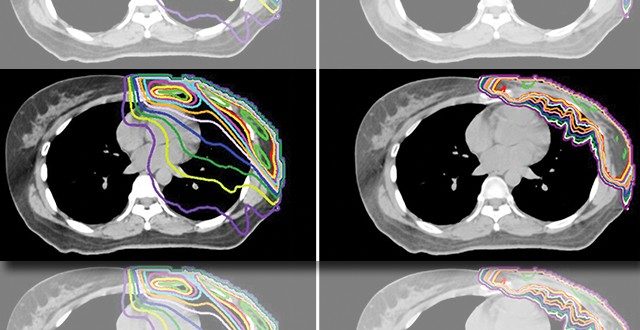Merging an MRI with a linear accelerator allows greater precision in cancer treatment
When people breathe, there’s movement inside their bodies.
Organs, tissues and even cancer patients’ tumors move around all the time,” says Geoffrey Ibbott, Ph.D., professor of Radiation Physics at MD Anderson. “It’s not unusual for a tumor to shift an inch or slightly more while a patient breathes in and out.”
In the past, this movement has confounded doctors’ ability to pinpoint a tumor’s exact location before zapping...

MD Anderson's research, prevention and recruitment efforts bolstered by $22 million from CPRIT
MD Anderson was awarded $22.3 million from the Cancer Prevention and Research Institute of Texas (CPRIT), accounting for 30% of the $73.5...
Using integromics to better understand and treat colorectal cancer
MD Anderson’s Colorectal Cancer Moon Shot™ is committed to the prevention and early detection of the third most common cancer diagnosed in...
MD Anderson company to develop cell therapies for cancer
Cell-based immunotherapies such as chimeric antigen receptors (CAR T), T-cell receptor (TCR) engineered T cells, tumor-infiltrating lymphocytes (TIL) and endogenous T cells (ETC) have demonstrated promise for treating cancer. Based on these advances, MD Anderson and Berkeley Lights Inc. have announced the launch of Optera Therapeutics Corp, a biopharmaceutical company that will develop cell therapies to treat patients with their own immune...

Proton therapy may help breast cancer patients avoid cardiotoxicity
Radiation therapy to the whole breast or chest wall and the internal mammary lymph nodes can deliver a radiation dose to the heart that increases...


